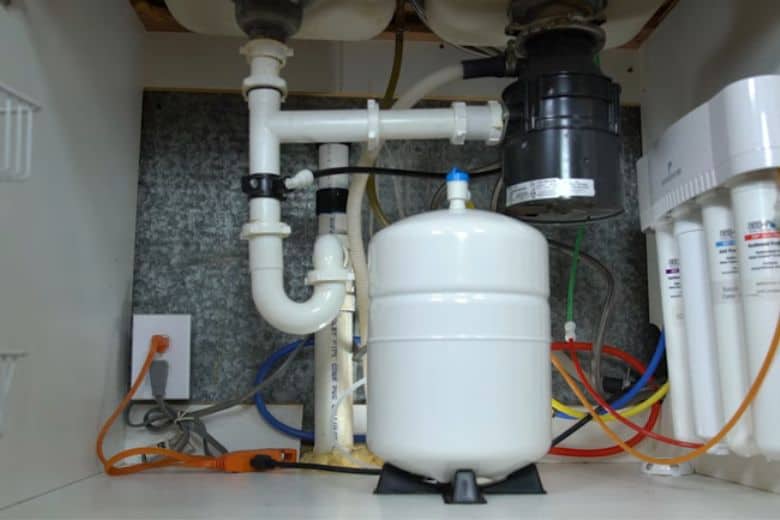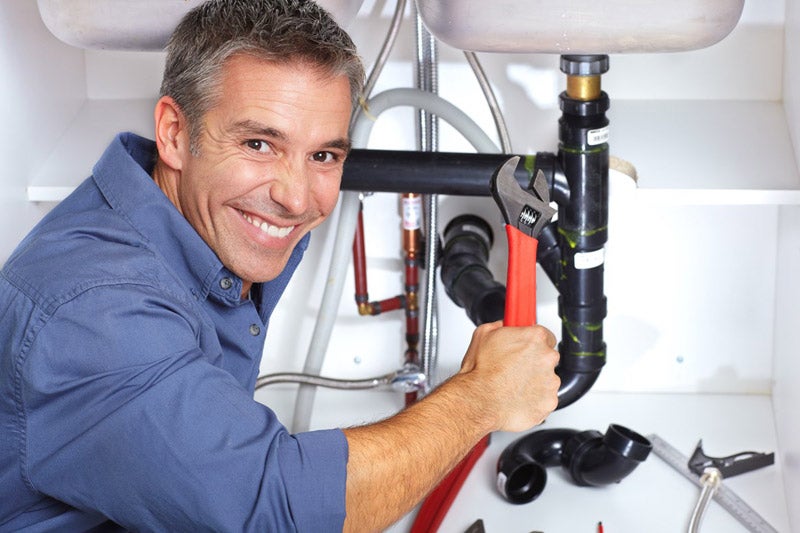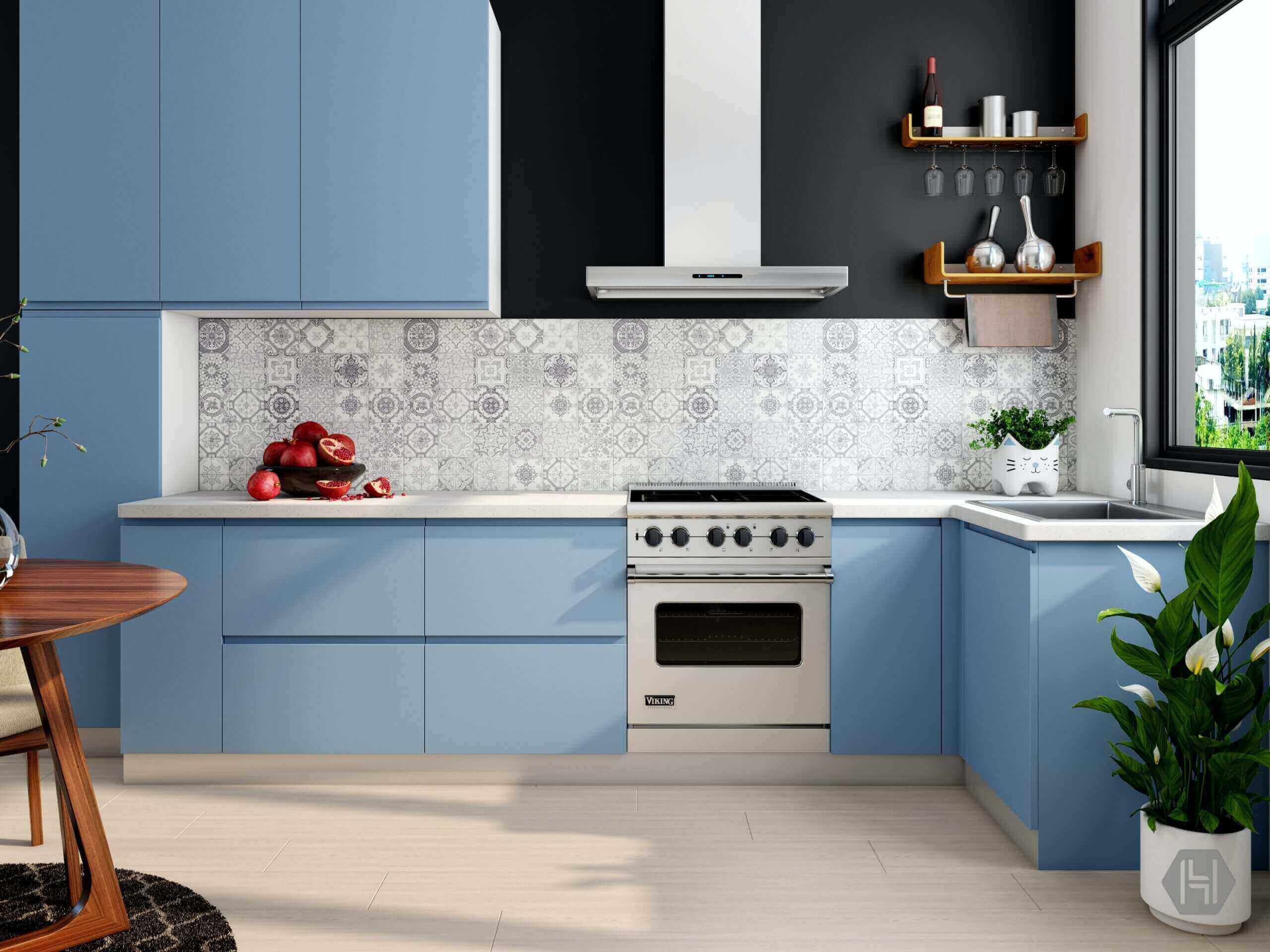Installing plumbing for a kitchen sink may seem like a daunting task, but with the right tools and knowledge, it can be done easily. The first step is to gather all necessary materials, including a sink, faucet, drain, and water supply lines. Make sure to measure and mark where the sink will be placed, and then cut out the hole for the sink using a jigsaw. Next, assemble the sink and faucet according to the manufacturer's instructions and attach them to the countertop. Finally, connect the water supply lines and drain, and test for any leaks. With some patience and attention to detail, you can have a fully functioning kitchen sink in no time.1. How to Install Plumbing for a Kitchen Sink
Kitchen sinks are used daily for a variety of tasks, which can sometimes lead to plumbing issues. Some common problems include clogged drains, leaks, and low water pressure. Clogs can be caused by food scraps, grease buildup, or foreign objects, and can often be cleared with a plunger or a plumbing snake. Leaks can be a result of loose connections or worn out parts, and should be addressed immediately to prevent further damage. Low water pressure can be caused by mineral buildup in the faucet aerator, which can be easily cleaned with vinegar. Regular maintenance and quick repairs can help prevent these common plumbing problems in your kitchen sink.2. Common Plumbing Problems in Kitchen Sinks
While some plumbing tasks may require the help of a professional, there are some DIY tips and tricks that can help you maintain your kitchen sink plumbing. First, avoid putting large food scraps down the drain to prevent clogs. You can also regularly clean your drain with a mixture of hot water and baking soda to help prevent buildup. For leaky faucets, try replacing the O-ring or washer to see if that solves the issue. Additionally, regularly check for any signs of leaks or drips and address them immediately to prevent bigger problems down the line.3. DIY Plumbing Tips for Kitchen Sinks
When it comes to plumbing materials for your kitchen sink, it's important to choose high-quality and durable options. Stainless steel sinks are a popular choice due to their durability and resistance to stains and scratches. For faucets, brass or chrome options are recommended for their longevity and easy maintenance. When it comes to drains and water supply lines, make sure to choose materials that are resistant to corrosion and have a good track record for longevity. Investing in high-quality plumbing materials can save you time and money in the long run.4. Choosing the Right Plumbing Materials for a Kitchen Sink
Even with proper maintenance, kitchen sink plumbing can still encounter some issues. One common problem is a slow-draining sink, which can be caused by a clog or a blocked vent. You can try using a plunger or a plumbing snake to clear the clog, or use a mixture of hot water and vinegar to break down any buildup in the pipes. Another issue is a noisy faucet, which can be caused by a loose washer or a worn-out cartridge. By identifying the source of the problem, you can troubleshoot and fix these common plumbing issues in your kitchen sink.5. Troubleshooting Common Kitchen Sink Plumbing Issues
A leaky kitchen sink can be a major annoyance, and if left untreated, it can lead to bigger problems such as water damage. The first step in fixing a leak is to identify the source. This could be a loose connection, a worn-out part, or a cracked pipe. Once you have identified the source, turn off the water supply and replace or repair the damaged component. It's important to act quickly when dealing with a leaky kitchen sink to prevent any further damage and save yourself from costly repairs.6. How to Fix a Leaky Kitchen Sink Plumbing
To better maintain your kitchen sink plumbing, it's important to have a basic understanding of how it works. The main components of a kitchen sink plumbing system include the sink, faucet, drain, and water supply lines. Water is supplied to the faucet through the water supply lines, and any wastewater is carried away through the drain and into the sewer system. Regularly checking and maintaining these components can help prevent any major plumbing issues in your kitchen sink.7. Understanding the Basics of Kitchen Sink Plumbing
Clogs in kitchen sinks can be stubborn and difficult to clear, but with the right plumbing tools, you can easily get your sink draining properly again. A plunger is a simple and effective tool for clearing clogs, and can be used by creating a seal over the drain and pushing and pulling the plunger to create suction. For tougher clogs, a plumbing snake or auger can be used to break up and remove the blockage. It's important to use these tools carefully to avoid causing any damage to your pipes.8. How to Unclog a Kitchen Sink with Plumbing Tools
Proper venting is essential for a well-functioning kitchen sink plumbing system. Without proper ventilation, negative pressure can build up in the pipes, causing water to drain slowly or not at all. This can also lead to unpleasant odors coming from the drain. To ensure proper venting, make sure there is a vent pipe connected to the drain and that it is free from any obstructions. If you are experiencing any issues with your kitchen sink draining, it may be worth checking the vent pipe for any problems.9. The Importance of Proper Venting in Kitchen Sink Plumbing
If you're looking to upgrade your kitchen sink plumbing, there are a few things you can do to improve its functionality. Installing a garbage disposal can help prevent clogs and make cleanup easier. Upgrading to a touchless or pull-down faucet can also make washing dishes and preparing food more convenient. You can also consider adding a water filtration system to your sink to have access to clean and filtered water directly from the tap. With some simple upgrades, you can make your kitchen sink plumbing work even better for your everyday needs.10. How to Upgrade Your Kitchen Sink Plumbing for Better Functionality
Why Plumbing in a Kitchen Sink is Crucial for Your Home Design

The Importance of Plumbing in Kitchen Design
 When it comes to designing your kitchen, one of the most crucial aspects to consider is the plumbing in your kitchen sink. A well-designed plumbing system not only ensures proper functioning of your kitchen sink, but it also plays a significant role in the overall aesthetics and functionality of your kitchen. In this article, we will discuss the importance of plumbing in a kitchen sink and how it can enhance the design of your home.
When it comes to designing your kitchen, one of the most crucial aspects to consider is the plumbing in your kitchen sink. A well-designed plumbing system not only ensures proper functioning of your kitchen sink, but it also plays a significant role in the overall aesthetics and functionality of your kitchen. In this article, we will discuss the importance of plumbing in a kitchen sink and how it can enhance the design of your home.
Efficient Water Supply and Drainage
 One of the primary reasons why plumbing is essential in a kitchen sink is to ensure a steady and efficient water supply. A properly installed plumbing system will provide you with sufficient water pressure, making it easier to wash dishes, fill pots, and perform other kitchen tasks. On the other hand, a faulty plumbing system can lead to low water pressure, causing delays and inconvenience in your daily chores.
Moreover, an efficient plumbing system also ensures proper drainage. A clogged or leaky sink can lead to water buildup, which can not only damage your kitchen cabinets and flooring but also create unhygienic conditions. With a well-designed plumbing system, you can prevent such issues and maintain a clean and functional kitchen.
One of the primary reasons why plumbing is essential in a kitchen sink is to ensure a steady and efficient water supply. A properly installed plumbing system will provide you with sufficient water pressure, making it easier to wash dishes, fill pots, and perform other kitchen tasks. On the other hand, a faulty plumbing system can lead to low water pressure, causing delays and inconvenience in your daily chores.
Moreover, an efficient plumbing system also ensures proper drainage. A clogged or leaky sink can lead to water buildup, which can not only damage your kitchen cabinets and flooring but also create unhygienic conditions. With a well-designed plumbing system, you can prevent such issues and maintain a clean and functional kitchen.
Aesthetic Appeal
/how-to-install-a-sink-drain-2718789-hero-24e898006ed94c9593a2a268b57989a3.jpg) Aside from functionality, plumbing also plays a significant role in the overall design of your kitchen. With various styles and designs available, you can choose a sink and faucet that complements your kitchen's theme and enhances its aesthetic appeal. You can also opt for a
stainless steel sink
that not only looks sleek and modern but is also durable and easy to maintain.
Aside from functionality, plumbing also plays a significant role in the overall design of your kitchen. With various styles and designs available, you can choose a sink and faucet that complements your kitchen's theme and enhances its aesthetic appeal. You can also opt for a
stainless steel sink
that not only looks sleek and modern but is also durable and easy to maintain.
Increased Home Value
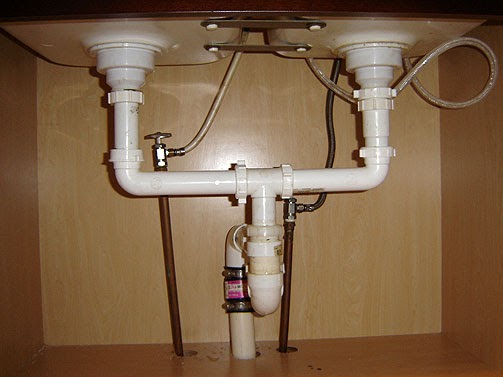 Having a well-designed plumbing system in your kitchen can also add value to your home. In case you plan to sell your house in the future, potential buyers will be more interested in a kitchen with efficient plumbing rather than one with constant issues. Additionally, a modern and well-designed kitchen with a functional plumbing system can increase the overall value of your home.
Having a well-designed plumbing system in your kitchen can also add value to your home. In case you plan to sell your house in the future, potential buyers will be more interested in a kitchen with efficient plumbing rather than one with constant issues. Additionally, a modern and well-designed kitchen with a functional plumbing system can increase the overall value of your home.
Conclusion
 In conclusion, plumbing in a kitchen sink is a crucial aspect of house design that cannot be overlooked. It not only ensures efficient water supply and drainage but also adds to the aesthetic appeal and value of your home. Therefore, it is vital to invest in a high-quality plumbing system for your kitchen sink to enjoy a functional and beautiful kitchen for years to come.
In conclusion, plumbing in a kitchen sink is a crucial aspect of house design that cannot be overlooked. It not only ensures efficient water supply and drainage but also adds to the aesthetic appeal and value of your home. Therefore, it is vital to invest in a high-quality plumbing system for your kitchen sink to enjoy a functional and beautiful kitchen for years to come.

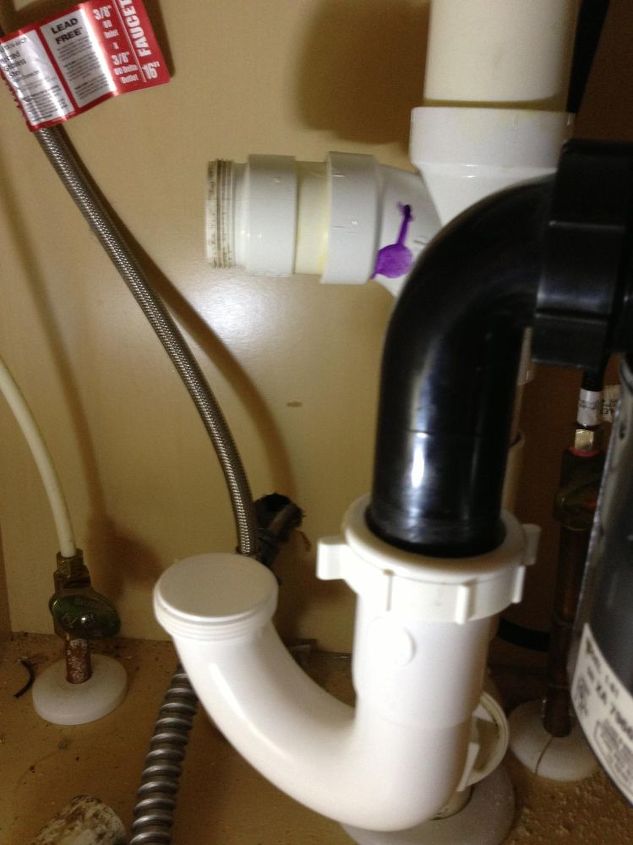








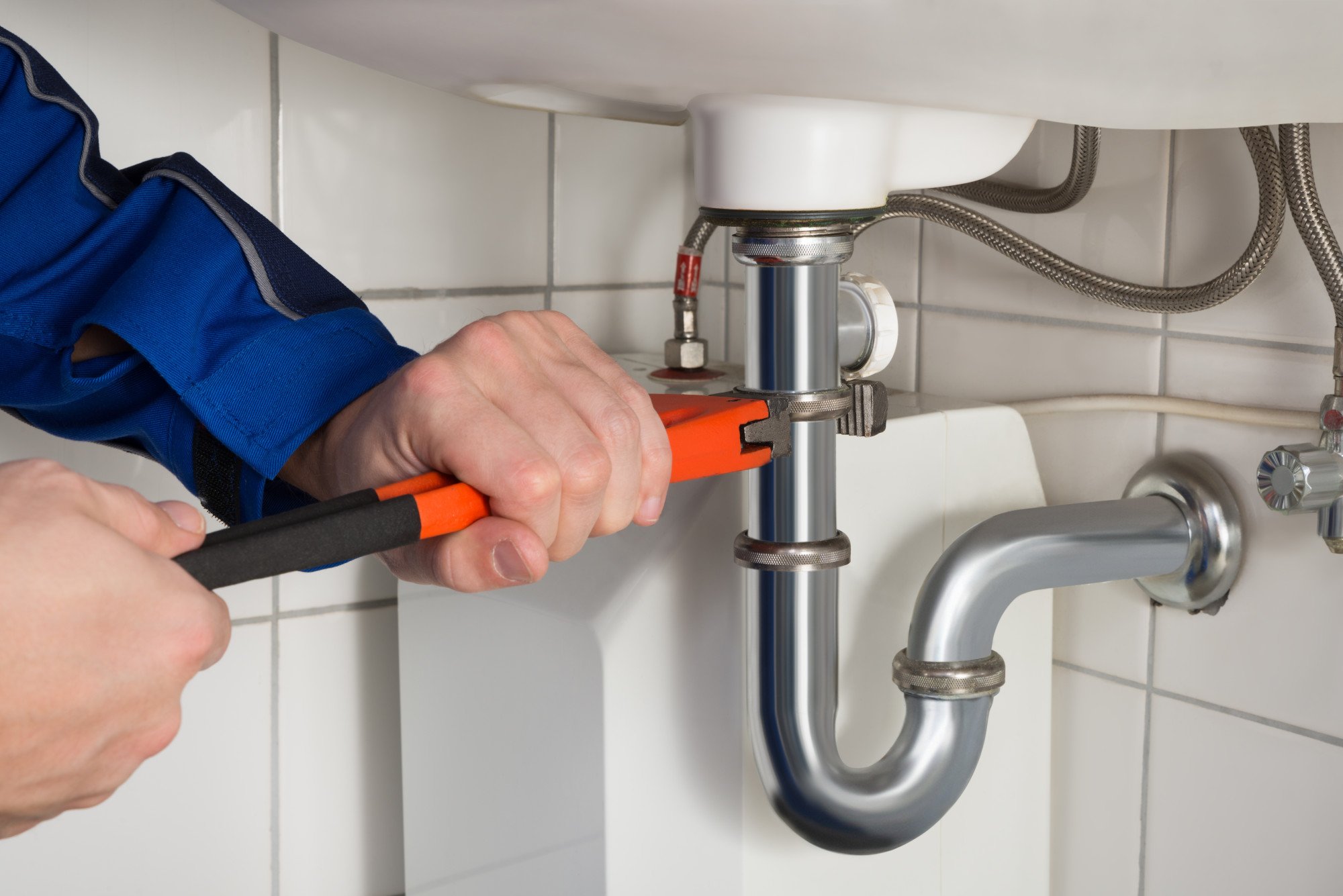

:max_bytes(150000):strip_icc()/how-to-install-a-sink-drain-2718789-hero-24e898006ed94c9593a2a268b57989a3.jpg)

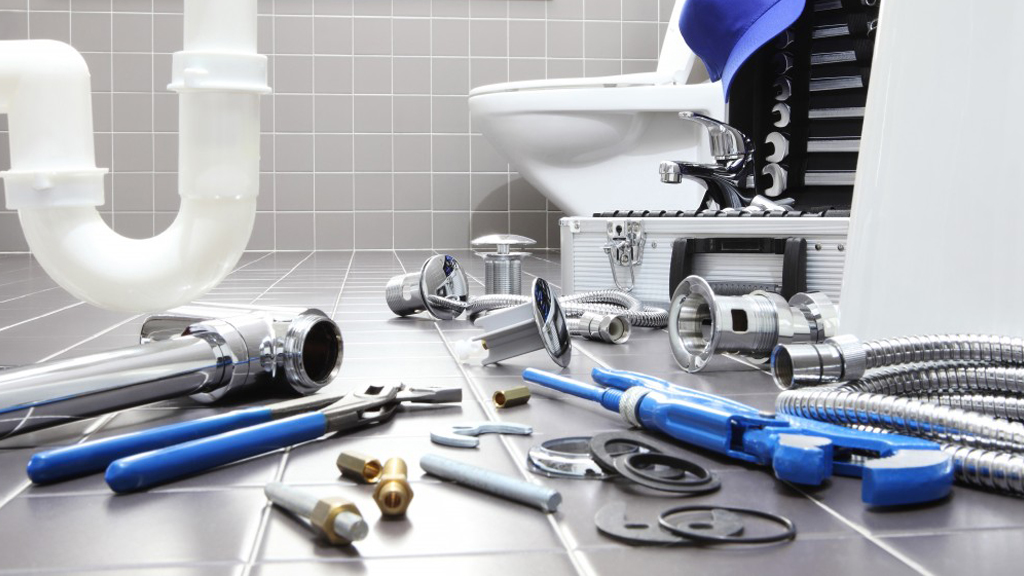
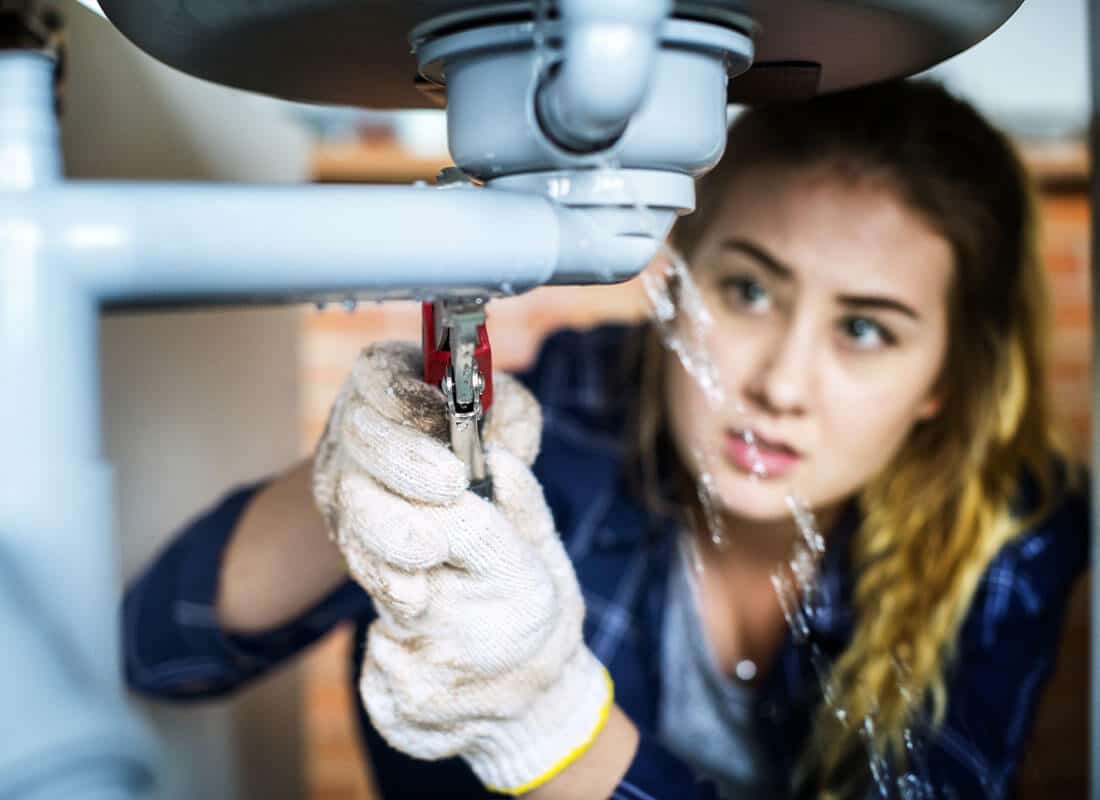




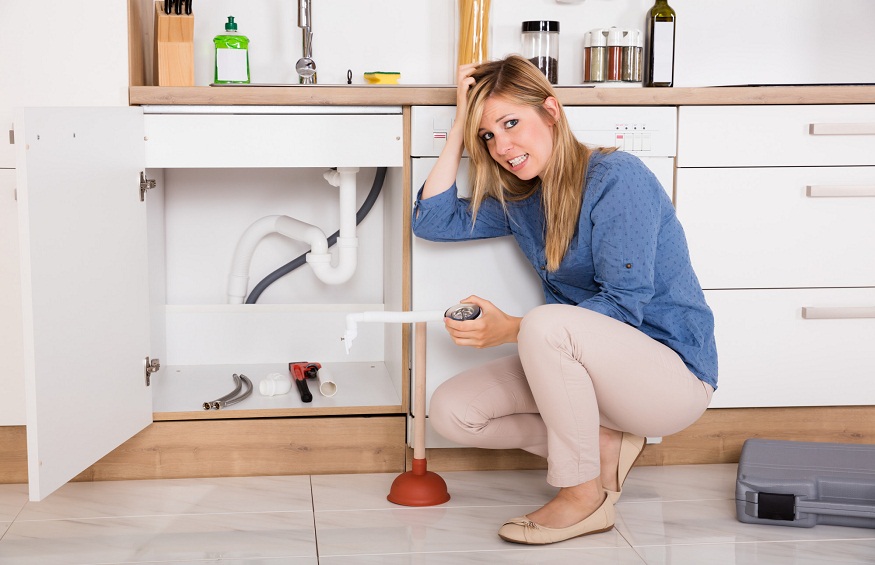







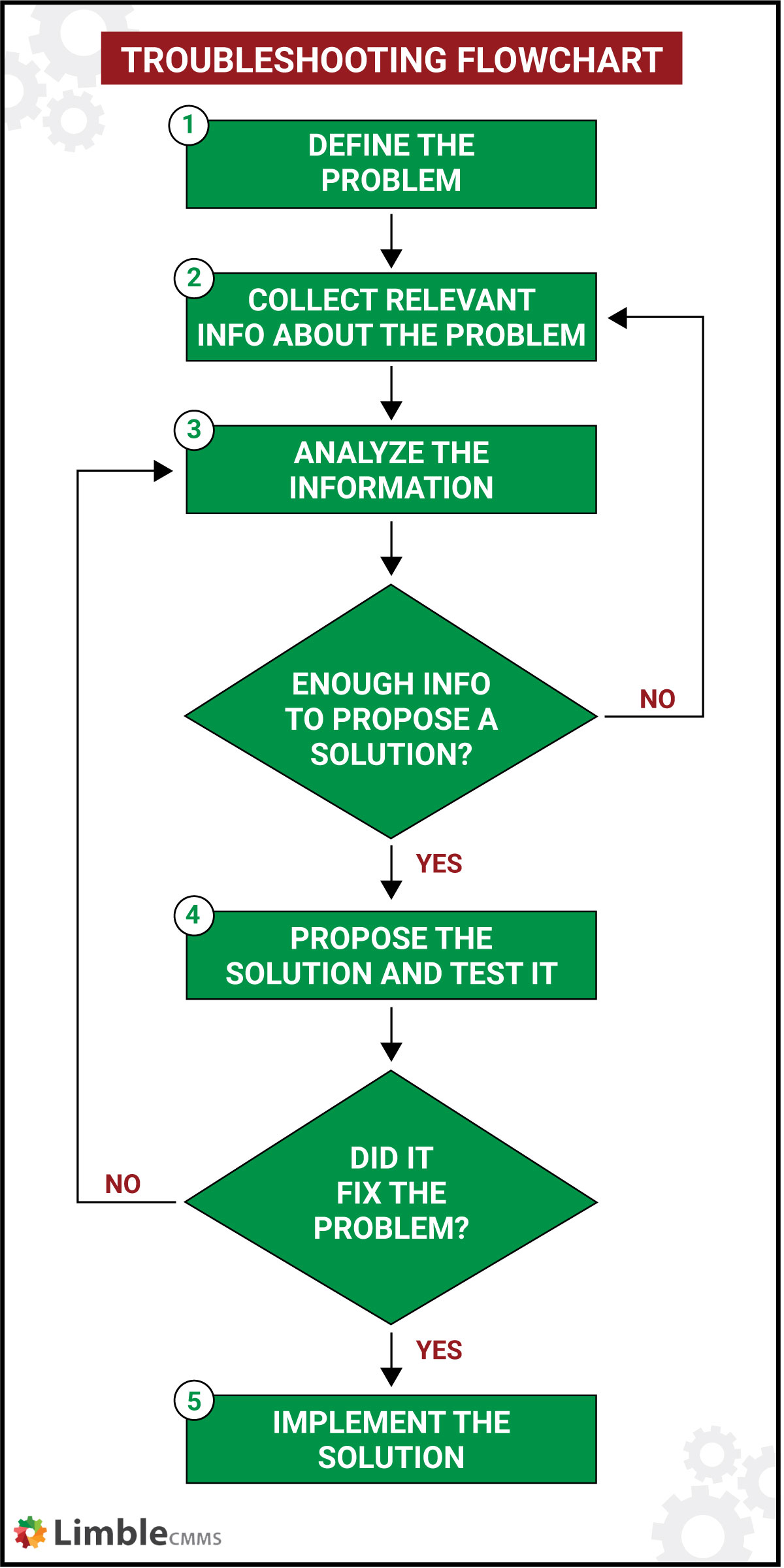




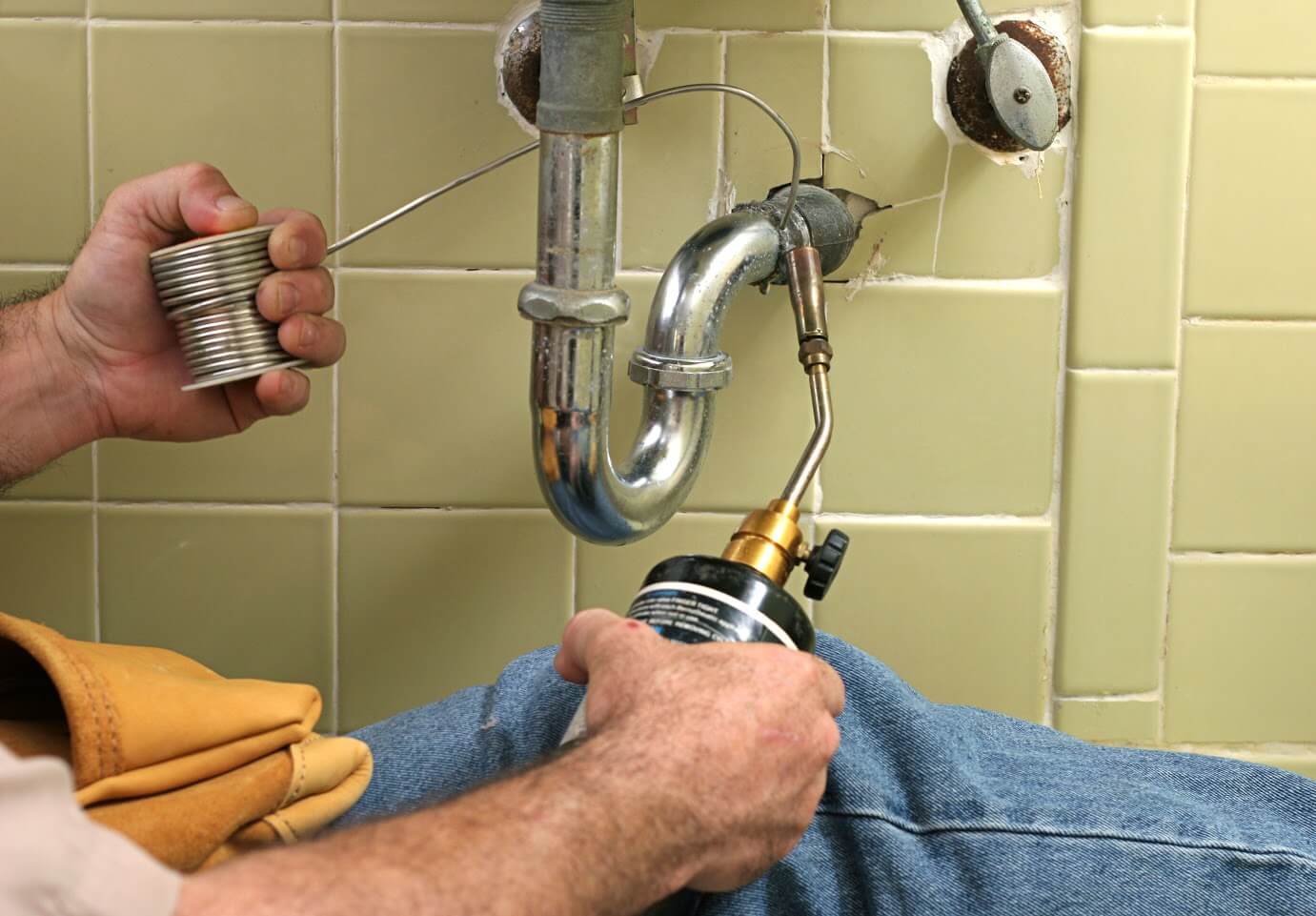

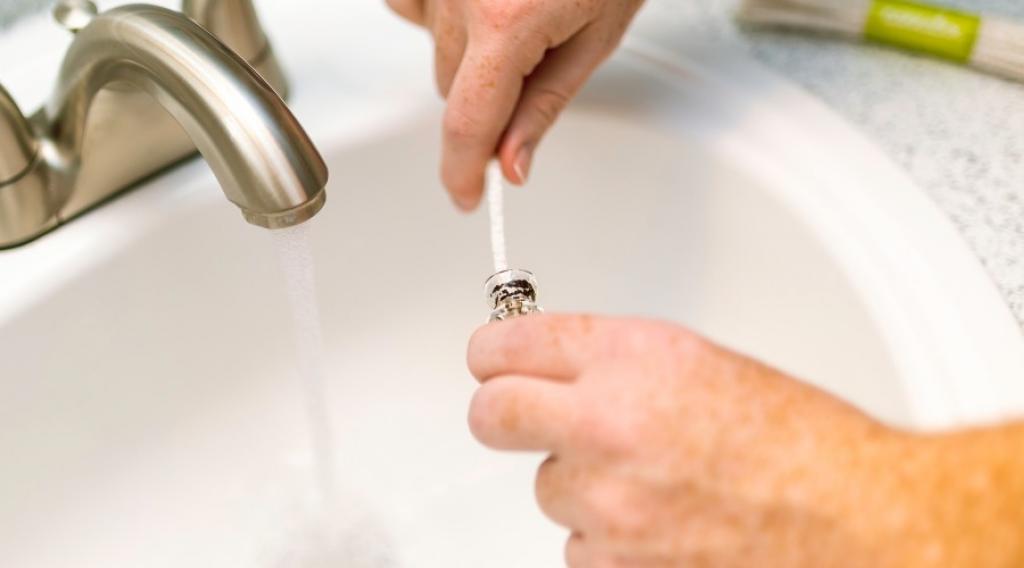

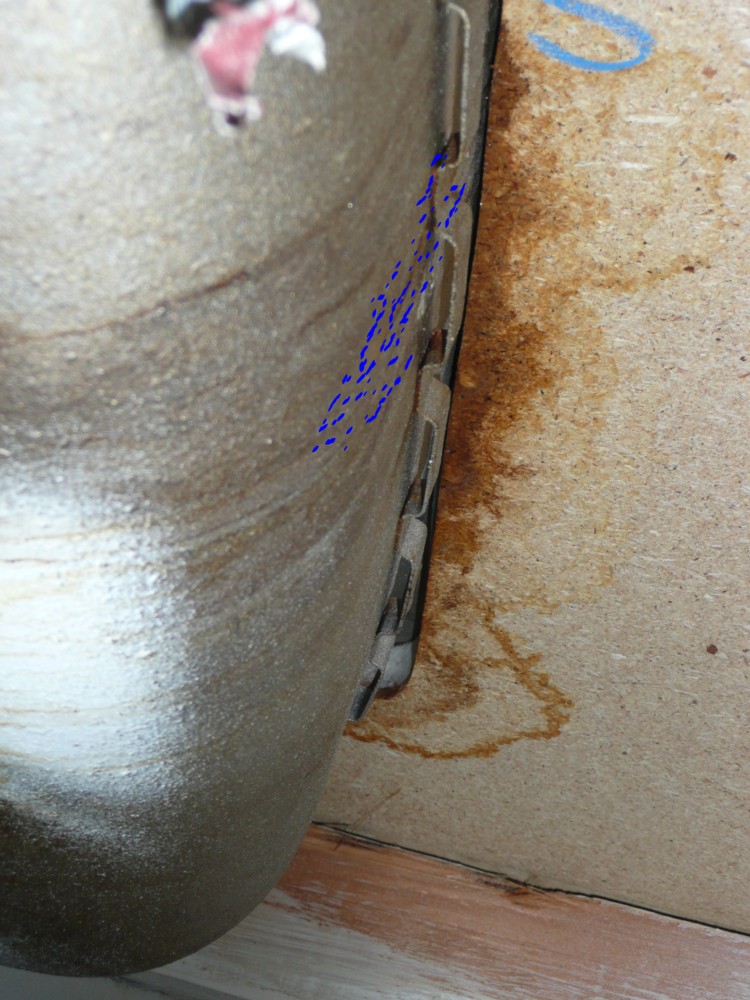

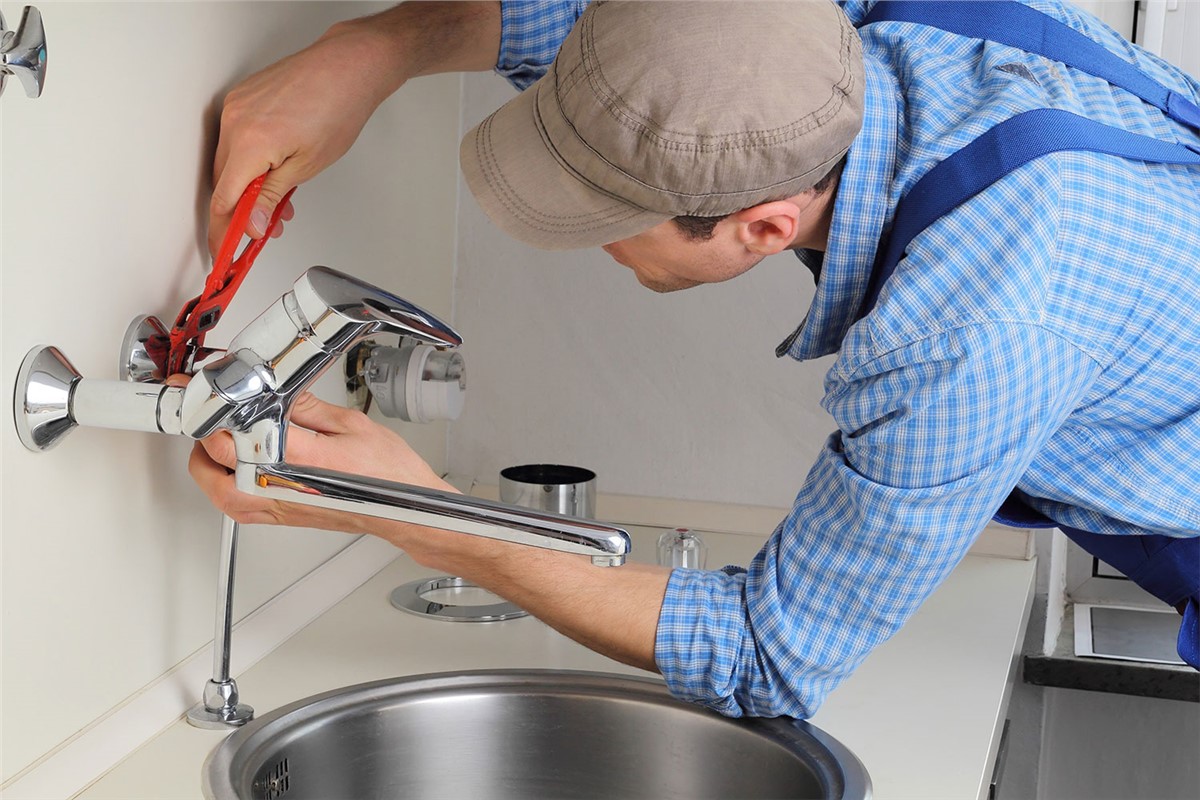




















:max_bytes(150000):strip_icc()/venting-sink-diagram-f8f9759a-1047c08369d24101b00c8340ba048950.jpg)













